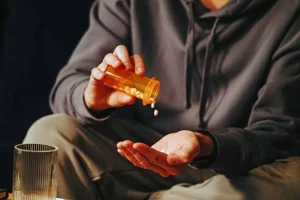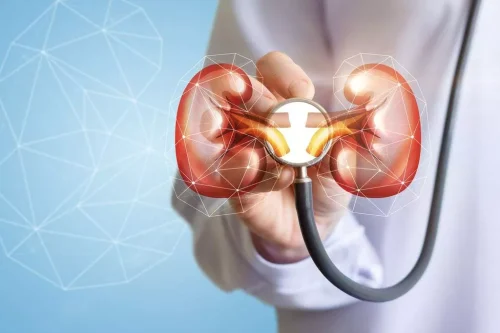
From detox services to aftercare support, addiction treatment provides people with solutions for lasting sobriety. Intensive inpatient rehab is typically for people who have developed a powerful, even life-threatening dependence on a drug. In these cases, quitting the drug is safest under medical supervision. Intensive inpatient services take place in a hospital setting, where health professionals are available to offer 24-hour attention and treatment, including therapy and nursing care.

What Happens During Drug Rehab? A Typical Day In Rehab
- So, they’re suitable when you still need to prioritize other responsibilities, such as work, and when the severity of your addiction doesn’t rise to the needs of someone in a PHP.
- You may also find support groups in your community or on the internet.
- The most common hallucinogens are lysergic acid diethylamide (LSD) and phencyclidine (PCP).
The evidence shows that every day, people choose to recover from addiction on their own. One way or another, they learn and deploy a set of skills that help them get through the strong cravings and urges of the difficult early stages of recovery. Some of the most helpful strategies for dealing with cravings are summarized in the acronym DEADS. Brains are plastic—they adapt to experience—and people can change and grow, develop an array of strategies for coping with life’s challenges and stressors, find new means of satisfaction and reward, and negotiate life ahead.
- You can find these lines listed on the internet or in the phone book.
- You might start by contacting your doctor or a mental health professional and asking for referrals for treatment.
- To the best of our knowledge, all content is accurate as of the date posted, though offers contained herein may no longer be available.
Club drugs

Guilt refers how long is drug rehab to feels of responsibility or remorse for actions that negatively affect others; shame relates to deeply painful feelings of self-unworthiness, reflecting the belief that one is inherently flawed in some way. Shame is an especially powerful negative feeling that can both invite addiction in the first place and result from it. It gets in the way of recovery, self-acceptance, and accessing help when needed.
- Services often take place within a facility such as a hospital, where you can easily benefit from services such as different forms of therapy and medication management education.
- Nobody should be so naïve as to suppose that additional provisions regarding involuntary treatment can be a substitute for harm-reduction programs and other measures.
- Drug rehab programs or addiction treatments involve different levels of professional care that can help you manage a substance use disorder.
Signs and symptoms

However,inpatient or residential detox is recommended for most people in recovery from addiction. These facilities provide24/7 monitoring and are able to address complications of withdrawal immediately if they occur. Some peopleare introduced to therapy or supplemental services near the end of detox. Other facilities don’t introduce therapy untilpatients formally transition into the next phase of rehab. The first phase of treatment involves clearing alcohol and other drugs out of your system in a safe environment.

Changes in the brain
After completing a rehabilitation program, a recovered addict will return to their normal life. After the screening process is complete, there will be a discussion of financing and insurance to confirm how the patient will be paying for treatment. Some people meet with a counselor or therapist weekly or monthly for the rest oftheir lives. Others stop attending outpatient therapy after months of years of sustained sobriety. Once again, the difference between PHP and outpatient therapy is the frequencyand intensity of programming.
Alcohol and Drug Rehabilitation Programs
- Barriers to accessing drug treatment may worsen negative health outcomes and further exacerbate health inequalities in the United States.
- Aftercare plans differ from one person to the next but are designed to sustain a patient’s recovery.
- Further, family therapy can identify and intervene in longstanding relational patterns that may contribute to development of addiction problems in an individual—and the often-extensive fallout from it.
- As a person continues to grow and overcome challenges, opportunities to help others will also arise.
- Behavioral therapies can also enhance the effectiveness of medications and help people remain in treatment longer.
While treatment for any period of time is helpful, the National Institute on Drug Abuse (NIDA) recommends people spend at least 90 days in treatment. Rehab can take place in a range of settings and may vary in duration and intensity. As a person progresses throughout their recovery, they may move from one type of treatment to another. For example, a person may transition from an inpatient rehab to an intensive outpatient program. Once the inpatient rehab stay is complete, it is common for folks to then be referred to outpatient rehab. Depending on the circumstances, one may be referred to a sober living house while participating in outpatient programming.

A recovery coach or recovery manager typically is knowledgeable about and can help an individual client find and access needed support resources at every step of the way. Coaches and managers also serve as sources of accountability in making change. Recovery coaches are not therapists and don’t provide counseling, but they have typically mastered the change in lifestyle that recovery requires and, from their inside understanding of the challenges, can provide support.
